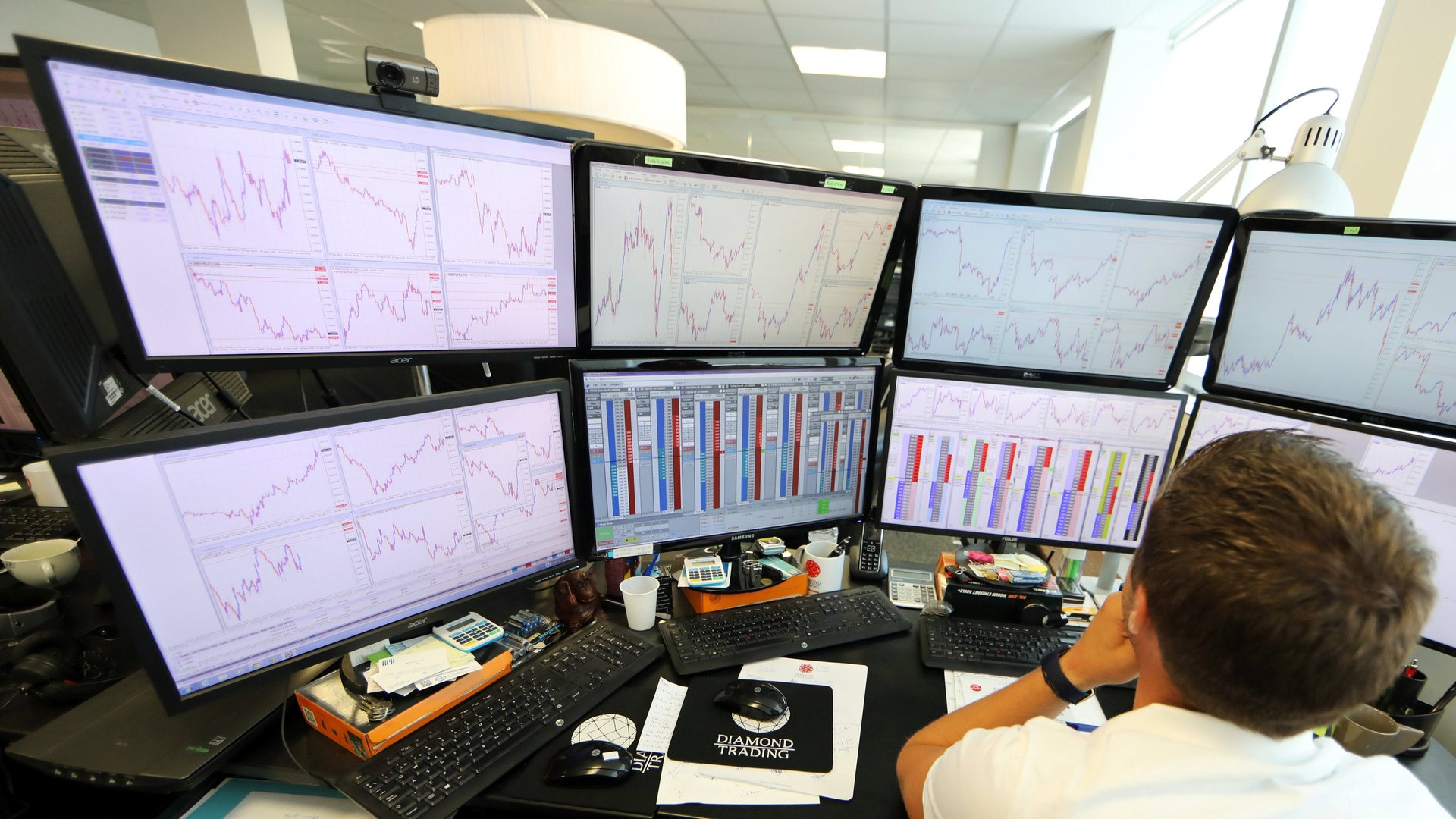A swarm of derivatives traders will soon have access to pure bitcoin
Bitcoin mania exploded last year, in part because of signs that big-time institutional money was getting ready to join the party. While the process of traditional finance getting on board has happened more slowly than the excitement would suggest, there are signs that puzzle pieces are still being put into place.


Bitcoin mania exploded last year, in part because of signs that big-time institutional money was getting ready to join the party. While the process of traditional finance getting on board has happened more slowly than the excitement would suggest, there are signs that puzzle pieces are still being put into place.
For example, more proprietary traders will have access to bitcoin thanks to a partnership between Coinbase, one of the biggest exchanges for trading crypto, and Trading Technologies International, which provides software kit for trading on global derivatives exchanges. Some of its customers are point-and-click traders who have roots in the trading floors that all but disappeared as markets became electronic. While more humble than their counterparts on Wall Street, they nonetheless provide trading volume that helps support important commodities and futures markets.
This follows last year’s launch of bitcoin futures—which, unlike bitcoin, are readily traded by regulated institutional firms. Volumes in those contracts, which give investors a way to speculate on an asset’s future price, haven’t yet soared but appear to be ticking higher.
Beginning in March, traders using Trading Technologies’ rig will have spot bitcoin and futures on the same screens, making it easier for them to bet on crypto and to arbitrage them. That could help bring prices on exchanges into closer alignment and drive up volumes. Trading Technologies says banks and big investment funds also use its trading systems.
Other parts of the infrastructure are falling into place as well. Morgan Stanley is providing services for clients who want to trade bitcoin futures. Goldman Sachs CEO Lloyd Blankfein says his bank is doing the same, although, contrary to some reports, a bitcoin trading desks isn’t planned for now. Data terminal providers for professional traders like Bloomberg, Thomson Reuters, and Money.Net provide an increasing amount of information about crypto prices. Intercontinental Exchange, another global derivatives exchange, is rolling out a data feed for the digital assets like bitcoin, ripple, and litecoin.
Naturally, there are challenges. Coinbase has been inundated by new memberships and increasing volumes, which has sparked trading interruptions and other issues. Bitcoin prices have fallen and drifted sideways since CME Group and Cboe Holdings launched their futures tied to the digital asset, as regulators around the world (particularly in Asia), crack down on how it’s traded.
Even so, the boring yet vital business of laying the groundwork for institutional trading is slowly coming together. The question is whether a durable crypto market will be there for big-time traders after the hype has burned itself out.